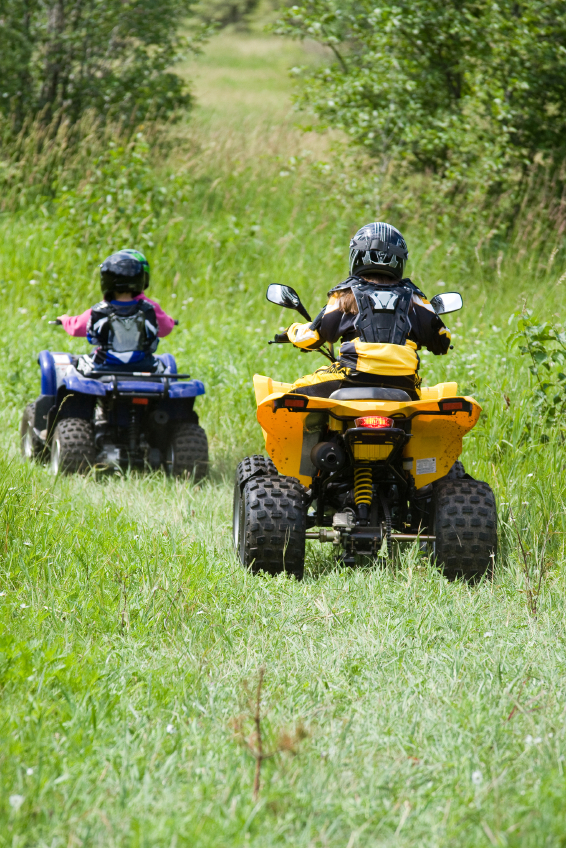Does your child have a fear of storms? Springtime and summer are known for frequent thunderstorms. For many children, this is an exciting and thrilling experience. However, for some children, especially those with autism, storms can be a source of anxiety and fear. Storm anxiety is a common issue for children and can be challenging for parents and caregivers to manage.
What is Storm Anxiety?
Storm anxiety is a fear or phobia of thunderstorms and lightning, ranging from mild apprehension to severe panic. It is a common fear among children, but some experience it more intensely than others. Storm anxiety can be triggered by various factors, including loud noises, flashes of light, and the unpredictability of storms.
Symptoms of a Fear of Storms in Kids
The symptoms of storm anxiety can also vary widely, depending on the child’s age, temperament, and level of anxiety. For some children, the fear may manifest as physical symptoms, such as a rapid heartbeat, sweaty palms, or trembling. Others may experience emotional symptoms, such as crying, clinging to parents, expressing a desire to hide or escape, and having trouble sleeping during a storm.
In more severe cases, children may experience panic attacks, including symptoms such as difficulty breathing, dizziness, or a sense of impending doom. If your child exhibits these symptoms, taking their fear seriously and providing them with support and reassurance is important.
Intensified Symptoms in Kids with Autism
Autistic children may experience fear of storms more intensely than their neurotypical peers. The unpredictability of storms can be particularly challenging for autistic children, who may struggle with changes in routine and unexpected events.
In addition to the symptoms, autistic children may exhibit the following behaviors during a storm:
- Covering their ears or eyes
- Rocking or pacing
- Becoming nonverbal or having trouble communicating
- Engaging in self-stimulatory behaviors, such as flapping their hands or repeating words or phrases
Tips for Helping Kids Cope with a Fear of Storms
If your child experiences storm anxiety, there are several things you can do to help them cope:
- Create a calm and safe environment: During a storm, create a calming environment for your child. This may include turning off loud noises, providing soft lighting, and creating a cozy space for them to relax in.
- Prepare them for the storm: Let your child know when a storm is approaching and explain what will happen during the storm. Use simple language and clearly instruct them on what to do.
- Use distraction techniques: Provide your child with distraction techniques to take their mind off the storm. This may include reading a book, playing a game, or watching a movie.
- Encourage sensory activities: Sensory activities like playing with playdough or using a weighted blanket can help calm and ground your child while they experience fear during a storm.
- Practice relaxation techniques: Deep breathing, visualization, and other relaxation techniques can help children manage their anxiety during a storm. Encourage your child to practice these techniques regularly so they become more comfortable with them during times of stress.
- Create a safety plan: Having a safety plan can help your child feel more in control during a storm. This may involve identifying a safe place to go during a storm, such as a basement or interior room, and practicing emergency drills to ensure they know what to do.
- Seek professional help if needed: If your child’s storm anxiety is persistent and interferes with their daily life, it may be time to seek professional help. A therapist or counselor can provide your child with coping strategies and support.
Storm anxiety can be a challenging issue for both parents and children. However, with the proper support and strategies, children can learn to cope with their fears and overcome their anxiety. By providing a calm and safe environment and utilizing distraction techniques and sensory activities, parents and caregivers can help their children weather the storm.






Comments